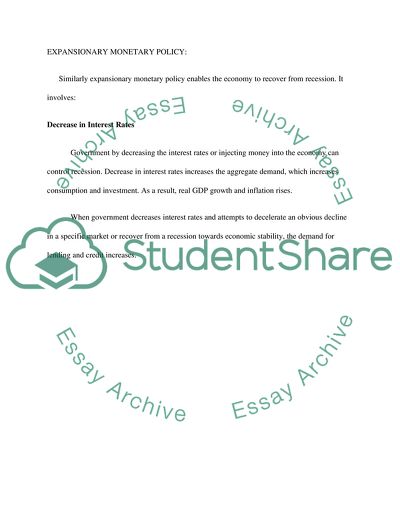Monetary & Fiscal Policy, Unemployment, International Trade, Aggregate Essay. https://studentshare.org/macro-microeconomics/1759286-monetary-fiscal-policy-unemployment-international-trade-aggregate-demand-and-aggregate-supply
Monetary & Fiscal Policy, Unemployment, International Trade, Aggregate Essay. https://studentshare.org/macro-microeconomics/1759286-monetary-fiscal-policy-unemployment-international-trade-aggregate-demand-and-aggregate-supply.


